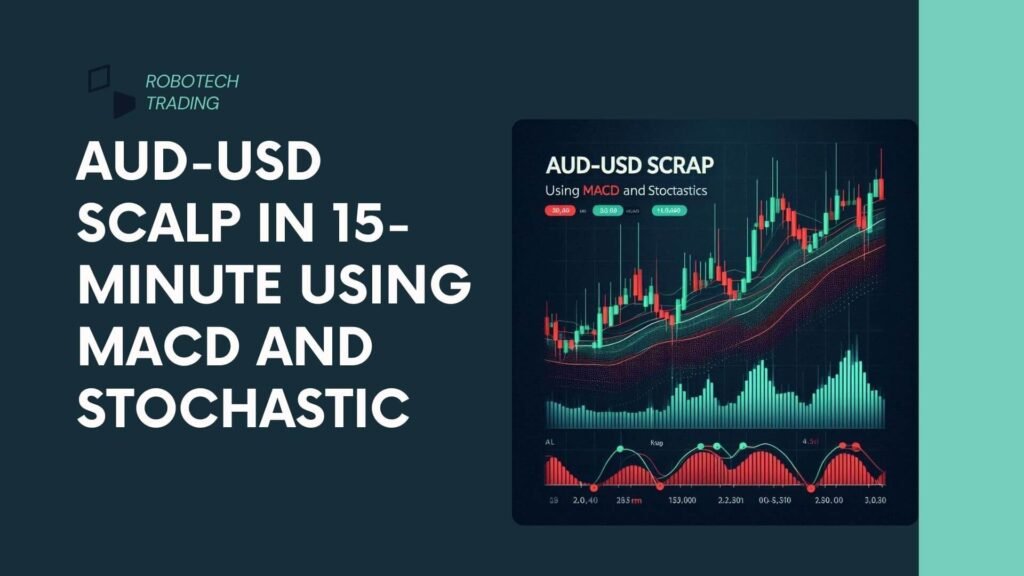EURAUD H4 Scalping Bollinger Band Squeeze
If you’re looking for a simple and effective trading strategy that balances accuracy and profit, the EURAUD H4 scalping using the Bollinger Band Squeeze is a great choice. If you’re into forex trading, you’ve probably heard of scalping. Scalping is about making quick trades to grab small profits from tiny price changes before the market moves. It can be exciting because you’re quickly in and out of the market, capturing little profits that can add up over time. Now, imagine using this scalping technique on the EURAUD currency pair. instead of looking at short timeframes like 1-minute Or 5-minute Charts, You’re Using A H4 chart. Interesting twist, right? I’m going to walk you through a strategy called the Bollinger Band Squeeze. a simple but effective way to scalp EURAUD. Don’t worry, I’ll keep things easy to follow, almost like we’re just having a casual chat about trading. What is Scalping in Forex? Let’s start with the basics. Scalping is all about jumping in and out of trades quickly, just trying to grab small profits from tiny price moves. It’s kind of like picking up loose change here and there, not a fortune with each one, but if you do enough, those small wins will start to add up.Scalpers look for those moments when the price moves just enough to make a trade worth it. Once they’ve got their profit, they’re out. It’s like grabbing a good deal at a yard sale, quick and done. If you do scalping, you don’t wait for big trends. It’s like being ready to take advantage of small changes as soon as they appear. You act quickly and grab those small moves before they slip away. Understanding Bollinger Band Squeeze for EURAUD H4 scalping Okay, now let’s talk about the Bollinger Band Squeeze. You’ve probably seen Bollinger Bands. those curvy lines that hug the price on a chart. But here’s a quick refresher just in case: Middle line: This is a simple moving average (SMA), typically set to 20 periods. Upper and lower bands: These are placed above and below the middle line, usually two standard deviations away, which helps measure how volatile the market is.When the market is calm, the upper and lower bands come closer together. this is the “squeeze.” When the bands get tight, it’s like the market is taking a deep breath, and when it exhales, the price often breaks out in a big way. How to Calculate Bollinger Bands Bollinger Bands are made up of three lines that help you see how the market is moving. Here’s how they work: These bands show you when the market is getting quiet or when a big move might be coming. how to do EURAUD H4 scalping using the Bollinger band squeeze Here’s where it gets good for scalpers. The EURAUD pair moves a lot, so you get many chances to enter and exit trades. It’s like the market is always giving you chances to trade. Instead of watching the charts all the time, you’ll use the H4 chart. This helps you easily spot when the bands squeeze together, signalling that a big price move might be on the way. Here’s how we can use this in our trades: Set Up Your Chart find the Squeeze Look for Buy Signals Look for Sell Signals In short, by waiting for the right signals, confirming with other indicators, and managing our risk properly, we can trade with more confidence and better results. Pro Tips for EURAUD H4 scalping Here’s, we’ll teach you how to improve your strategy: Risk Management for EURAUD H4 scalping Alright, now that we’ve already covered how to spot the Bollinger Band Squeeze for EURAUD H4 scalping, let’s talk about something super important—risk management. After all, we should protect our money while we trade. First, you set stop-loss orders to limit how much you could lose on a trade. This is like your safety net, helping you get out if the trade goes against you. Second, position sizing is basically about being smart with your money. You risk only a small amount on each trade so that if things don’t go as planned, it won’t hurt too much. It’s a simple way to protect yourself and keep trading without stress This helps you keep getting better while staying safe with your money. Short Recap The EURAUD H4 scalp is a great strategy that uses the Bollinger Band Squeeze to find good trading opportunities. When you combine this with other indicators and smart risk management, it boosts your chances of making profitable trades. It’s a simple yet powerful way to improve your trading game More Strategies Crafted by TradingBotLab








